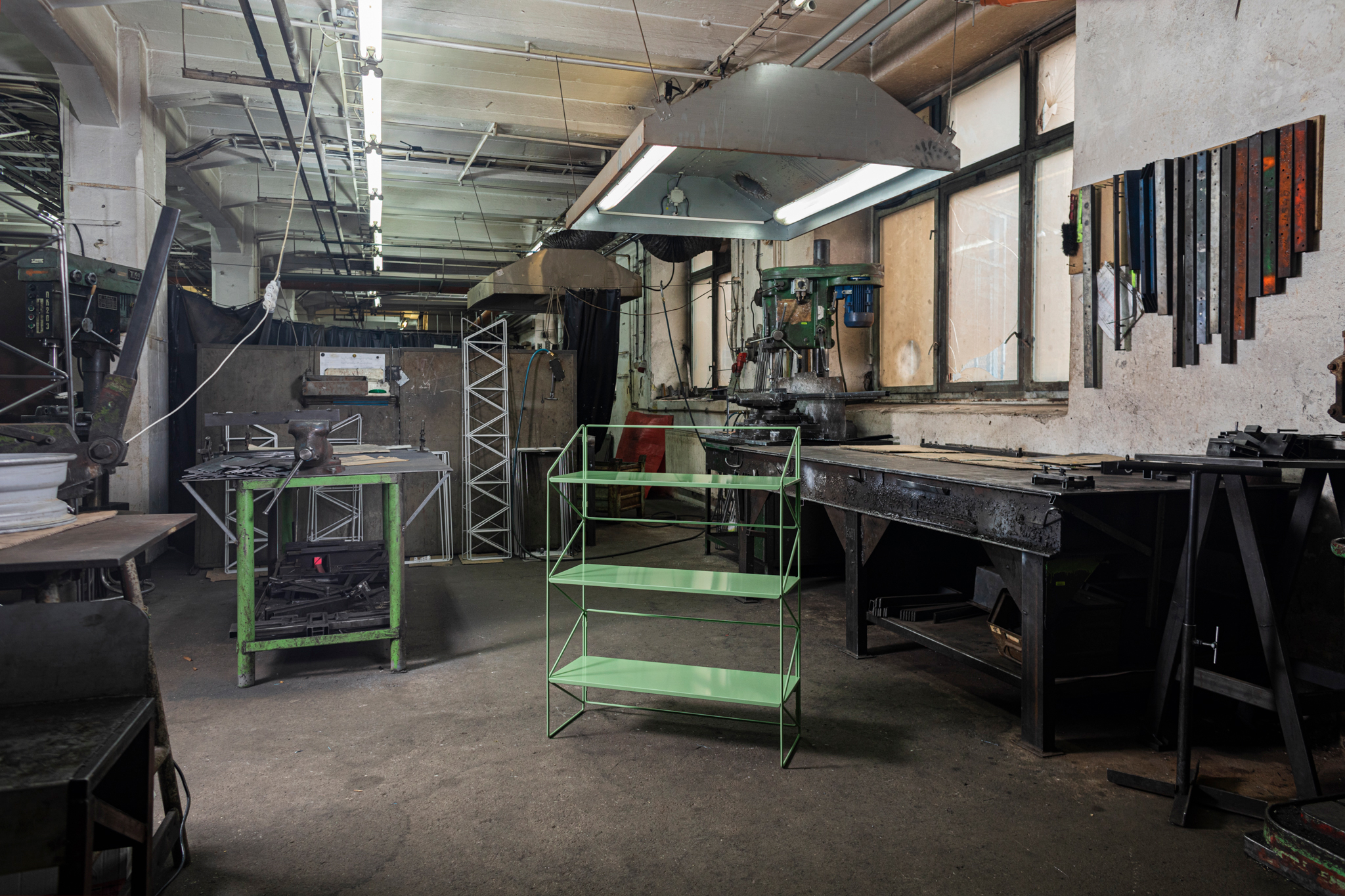You probably already know that Fleysen furniture is manufactured in Plesné, in the Czech-German border region. However, our responsibility towards the environment and our customers goes far beyond just choosing where production takes place. That's why we took a deeper look at our impacts and at the end of the year, we had an analysis done by the eco-design studio Balance is Motion and LCA Studio to understand the environmental footprint we leave behind.

Why We Did It
Thanks to the results obtained, we can strengthen our strategy for sustainable company development and further improve the environmental footprint of our products. And what might be important for your purchasing decisions, we now have verified comparisons with competitors importing furniture made in China.
The Method We Chose
We opted for an analysis using the Life Cycle Assessment (LCA) method, which allows us to comprehensively quantify the environmental impacts of a product. This method is also used by the European Commission in creating eco-design legislation. The analysis assessed the following impacts:
- Climate Change: This category measures greenhouse gas emissions and their contribution to global warming.
- Ozone Depletion: Evaluates the impact of emissions contributing to ozone layer depletion.
- Human Toxicity: Assesses the effects of toxic substances on human health.
- Particulate Matter: Expresses the impact of emissions contributing to air pollution by solid particulate matter affecting respiratory health.
- Ionizing Radiation: Evaluates the environmental impact of radioactive substances.
- Photochemical Ozone Formation: Focuses on the release of reactive and radical emissions into the atmosphere contributing to smog formation, affecting air quality and human health.
- Acidification: Measures emissions of acidifying substances contributing to acid rain that can damage ecosystems and buildings.
- Eutrophication: Assesses the impact on aquatic ecosystems caused by excessive nutrient input leading to problems such as algal blooms.
- Land Use: Considers the impact on land through its use, change, and degradation.
- Ecotoxicity: Evaluates the impact of substances on aquatic and terrestrial ecosystems.
- Water Use: Focuses on the use and depletion of freshwater resources.
- Resource Use: Assesses the use of non-renewable resources such as minerals and fossil fuels.
Cradle to Gate
Unfortunately, painting things green can also be done with analyses, for example, by only looking at part of the product's journey or publishing favorable data. We wanted to be honest mainly to ourselves (and consequently to you) so we decided to analyze the impact on climate change (carbon footprint) from the entire product life cycle, before it reaches you, the customers – meaning, from the acquisition of primary raw materials for material production to delivery to your home and disposal of production waste – in other words, Cradle to Gate.
The analysis was conducted for 1 kg of average Fleysen product and 1 kg equivalent product made in China.

What the Analysis Looks Like
Data, normalization, weighting, and comparison. For the Fleysen cabinet and an identical cabinet made in China in the Guandong province, data on all input and output flows were collected – imagine such a list of everything emitted into the air, soil, and water during the product life cycle. The obtained list was then converted into environmental impacts such as global warming, human toxicity, etc.
Furthermore, the harmfulness of individual substances to the environment was evaluated, and it was necessary to convert data from two product life cycles to a common scale (normalization process) and assign them weights according to their environmental significance (weighting process). Then it was just a matter of comparing the results, and the overall summary was clear:
Total Environmental Impacts
for Fleysen products are 29.66%
lower than those for products from China.
Czech Republic vs China
Carbon footprint, or the impact of greenhouse gas emissions on climate change, is the most common factor currently monitored in products. For the Fleysen cabinet, the carbon footprint is 3.35 kg CO₂ eq. Indeed, climate change accounts for the largest percentage of environmental impacts of our product – 40.38% of total impacts. Yet it is 26.45% less than for a cabinet from China made of the same material.
Impact of Fleysen Production on Climate Change
is 26.45% lower than that of the Chinese product.
Fleysen Production Carbon Footprint
was calculated at 3.35 kg CO2 eq.
Carbon Footprint of Competitive Product
from China was 4.56 kg CO2.
Long Live Metal!
The largest part of the environmental impacts of our cabinet is due to the consumption of materials, accounting for 82.4% of the total. That's why it's crucial for us that our furniture lasts as long as possible and is not discarded even afterwards. When something is made, let's use it, recycle it, repair it, pass it on.
Steel is durable, it lasts for years of use. It can be recycled once it has served its owners, and in our factory, we also recycle all steel waste from production. With each additional day an item serves, its negative impact on the environment decreases. Thank you for helping us be more considerate to both people and nature with your careful selection of furniture.






